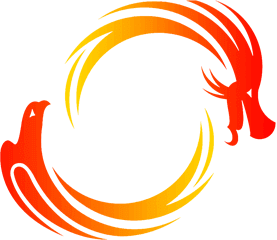

Jakarta - Palembang 2018
Canoe / Kayak
Canoe / Kayak
Canoeing is a water sport where the athlete has to use their muscle power to paddle a canoe.
A kayak is propelled using a paddle with two blades where the paddler sits with their legs mostly extended in front of them, whereas canoes are propelled using single- or double-bladed paddles where the paddler is kneeling or sitting on seat.
The International Canoe Federation is the worldwide canoeing organisation and creates the standard rules for the different disciplines of canoe/kayak competition.
The ICF recognises several competitive and non-competitive disciplines for example Sprint, marathon and White-water racing is a type of extreme sports where Competitors race in specialised canoes or kayaks down a white-water river.
Canoeing and Kayaking were incorporated into the Asian Games in 1990.
List of disciplines
- Slalom
- Sprint
- TBR
In the Slalom discipline, competitors travel down a 300m-long course on turbulent, ‘white-water’ rapids.
They must pass through a twisting sequence of 25 ‘gates’, avoiding penalty points for touching the poles.
Green and white gates must be taken in a ‘downstream’ direction; red and white ‘upstream’ gates require competitors to paddle against the current. A touch is penalised by two seconds added to the competitor’s time; missing a gate costs 50 seconds - a ‘wipeout’ in serious competition.
Each competitor takes two runs, and the times are added together. Events are held for single kayakers (C1, K1, men and women), single canoeists (C1, men only) and pairs of canoeists (C2, men only).
List of events
-
men
-
KAYAK SINGLE
-
CANOE SINGLE
-
CANOE DOUBLE
-
-
women
-
KAYAK SINGLE
-
CANOE SINGLE
-
Downloads
(It was called Canoe/Kayak Flatwater before January 2009. The name is changed at ICF Ordinary Congress after the 2008 Olympic Games.)
Canoe/Kayak Sprint originally from the Eskimos on the North American Greenland who used the craft as a mode of transport, fishing and battle. They were propelled through the water by single bladed paddles usually made from wood wrapped by animal skin. The aim of canoeing competition is for people to race each other in kayaks and canoes over a clearly defined unobstructed course in the fastest time possible.
Canoeing has been part of the Olympic Games since 1936 (Berlin) for men, and since 1948 (London) for women. Canoe/Kayak became the official competition sport on the 11th 1990 Asian Games in Beijing.
The course for Canoe/Kayak Sprint is on the same channel as the one for rowing, but the course is different. According to the ICF course standard, the course must be at least 1400 long, 120m wide, and more than 2m deep, with 9 lanes of 9m width; there shall be at least one side with a straight strand which is 50m from the nearest buoy lane.
List of events
-
men
-
KAYAK SINGLE 500M
-
KAYAK SINGLE 1000M
-
KAYAK DOUBLE 500M
-
KAYAK DOUBLE 1000M
-
KAYAK FOUR 1000M
-
CANOE SINGLE 500M
-
CANOE SINGLE 1000M
-
CANOE DOUBLE 500M
-
CANOE DOUBLE 1000M
-
KAYAK SINGLE 200M
-
KAYAK DOUBLE 200M
-
CANOE SINGLE 200M
-
KAYAK FOUR 500M
-
CANOE DOUBLE 200M
-
-
women
-
KAYAK SINGLE 500M
-
KAYAK DOUBLE 500M
-
KAYAK FOUR 500M
-
KAYAK SINGLE 200M
-
CANOE SINGLE 200M
-
CANOE DOUBLE 500M
-
Downloads
List of events
-
men
-
TBR 200M
-
TBR 500M
-
TBR 1000M
-
-
women
-
TBR 200M
-
TBR 500M
-
Downloads
Related links
Sports Committee
The Sports Committee consist of one Chairman and a minimum of five members. The Chairman, nominated by his NOC, will be elected by the GA, while the Members preferably representing the 5 zones of t...
Sports and Environment Committee
The Sports and Environment Committee consist of One Chairman and Five Members. The Chairman, nominated by his NOC, will be elected by the GA, while the Members preferably representing the 5 zones o...
Sports for All Committee
The Sports for All Committee shall consist of One Chairman and Five Members. The Chairman, nominated by his NOC, will be elected by the GA, while the Members preferably representing the 5 zones of ...
Sports Federations
-

Asian Federation
Asian Canoe Confederation
-

International Federation
International Canoe Federation
